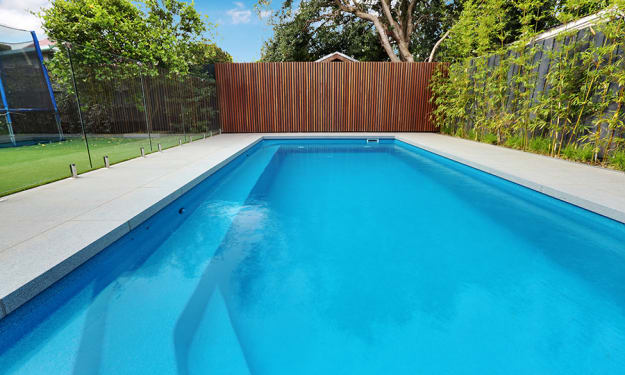Backpacking Trek to Chanderkhani Pass – Manali
Backpacking Trek to Chanderkhani Pass – Manali

Backpacking Trek to Chanderkhani Pass – Manali
Trekking to Chanderkhani Pass in Manali is a popular choice for backpackers and adventure enthusiasts. It offers breathtaking views of the Himalayas, lush green valleys, and an opportunity to explore the rich cultural heritage of the region. Here's some information to help you plan your backpacking trek:
Trek Route: The Chanderkhani Pass trek usually starts from the village of Rumsu, which is about 20 kilometers from Manali. The trek covers a distance of approximately 26 kilometers and takes around 3-4 days to complete. The route passes through beautiful forests, meadows, and high altitude landscapes.
Difficulty Level: The Chanderkhani Pass trek is considered moderately difficult. It involves steep ascents, descents, and a few tricky sections. Prior trekking experience and a good level of fitness are recommended.
Permits and Regulations: Trekking in the Chanderkhani Pass region requires obtaining permits from the forest department. You can get the necessary permits either online or from the forest office in Manali. It's essential to follow the rules and regulations set by the authorities to preserve the natural environment.
Best Time to Visit: The ideal time to undertake the Chanderkhani Pass trek is from May to October. During these months, the weather is pleasant, and the trekking trails are accessible. It's advisable to avoid the monsoon season as the region receives heavy rainfall, which can make the trek challenging and risky.
Camping and Accommodation: The trek provides several camping spots along the route, offering stunning views of the surrounding mountains. You need to carry your camping gear, including a tent, sleeping bag, and cooking equipment. Additionally, there are some guesthouses and homestays available in villages like Rumsu and Naggar, where you can stay before or after the trek.
Essentials to Pack: While trekking to Chanderkhani Pass, it's crucial to pack appropriately. Some essential items include trekking shoes, warm clothing, rain gear, a backpack, a first-aid kit, a headlamp, water bottles, energy bars, and a map or GPS device. It's also recommended to carry some cash, as ATMs may not be available in remote areas.
Safety Considerations: Trekking in the mountains comes with certain risks. It's important to be aware of altitude sickness and its symptoms. Acclimatization is crucial, so it's advisable to take regular breaks, stay hydrated, and ascend gradually. It's also recommended to trek in a group or hire a local guide for a safer and more enjoyable experience.
Remember to check the local weather forecast before starting your trek and inform someone about your trekking plans. It's always better to be well-prepared and take necessary precautions to ensure a safe and memorable backpacking experience.
What difficulty level is Chanderkhani trek?
The Chanderkhani Pass trek is considered to be of moderate difficulty. It involves steep ascents and descents, along with a few tricky sections. While it may not be as challenging as some of the more strenuous treks in the region, it still requires a good level of physical fitness and some prior trekking experience. The trail can be rugged and uneven at times, and the altitude gain can also pose challenges. It's important to be prepared and have a reasonable level of endurance to tackle the trek comfortably.
How far is Chandrakhani pass trek from Manali?
The Chandrakhani Pass trek is located approximately 20 kilometers away from Manali. The trek starts from a village called Rumsu, which is situated about 20 kilometers from Manali. From Rumsu, the trek covers a distance of around 26 kilometers to reach Chandrakhani Pass. The trail takes you through scenic landscapes, including forests, meadows, and high-altitude terrains, offering beautiful views of the surrounding mountains.
What is the temperature of Chanderkhani Pass trek?
The temperature during the Chanderkhani Pass trek can vary depending on the season and the time of day. Here is a general temperature range for different seasons:
Summer (May to June): During summer, the temperature at Chanderkhani Pass trek ranges from 10°C to 20°C (50°F to 68°F) during the daytime. However, at higher altitudes, especially during the night, the temperature can drop to around 5°C to 10°C (41°F to 50°F).
Monsoon (July to September): The monsoon season in the region brings rainfall and can make the trek challenging. The temperature during this season ranges from 10°C to 15°C (50°F to 59°F) during the day, with the possibility of cooler temperatures at higher altitudes.
Autumn (October to November): In autumn, the temperature starts to drop gradually. During the day, the temperature ranges from 5°C to 15°C (41°F to 59°F), and at night, it can go down to 0°C to 5°C (32°F to 41°F).
It's important to note that temperatures can be significantly colder at higher altitudes and during the night. Therefore, it's advisable to carry appropriate clothing layers to adjust to changing temperatures throughout the trek. It's also recommended to check the weather forecast before embarking on the trek and pack accordingly.
What is the altitude of Chanderkhani Pass trek?
The Chanderkhani Pass trek reaches an altitude of approximately 3,660 meters (12,008 feet). The trek starts from the village of Rumsu, which is located at an elevation of around 2,350 meters (7,710 feet). As you progress on the trek, you gradually ascend to reach Chanderkhani Pass, which is situated at the highest point of the trek. The pass itself stands at approximately 3,660 meters (12,008 feet) above sea level. The altitude gain and the high elevation make the trek challenging and require proper acclimatization and physical fitness. It's important to pace yourself and allow your body time to adjust to the altitude during the trek.
About the Creator
daastanemusafir
https://daastan-e-musafir.com/






Comments
There are no comments for this story
Be the first to respond and start the conversation.